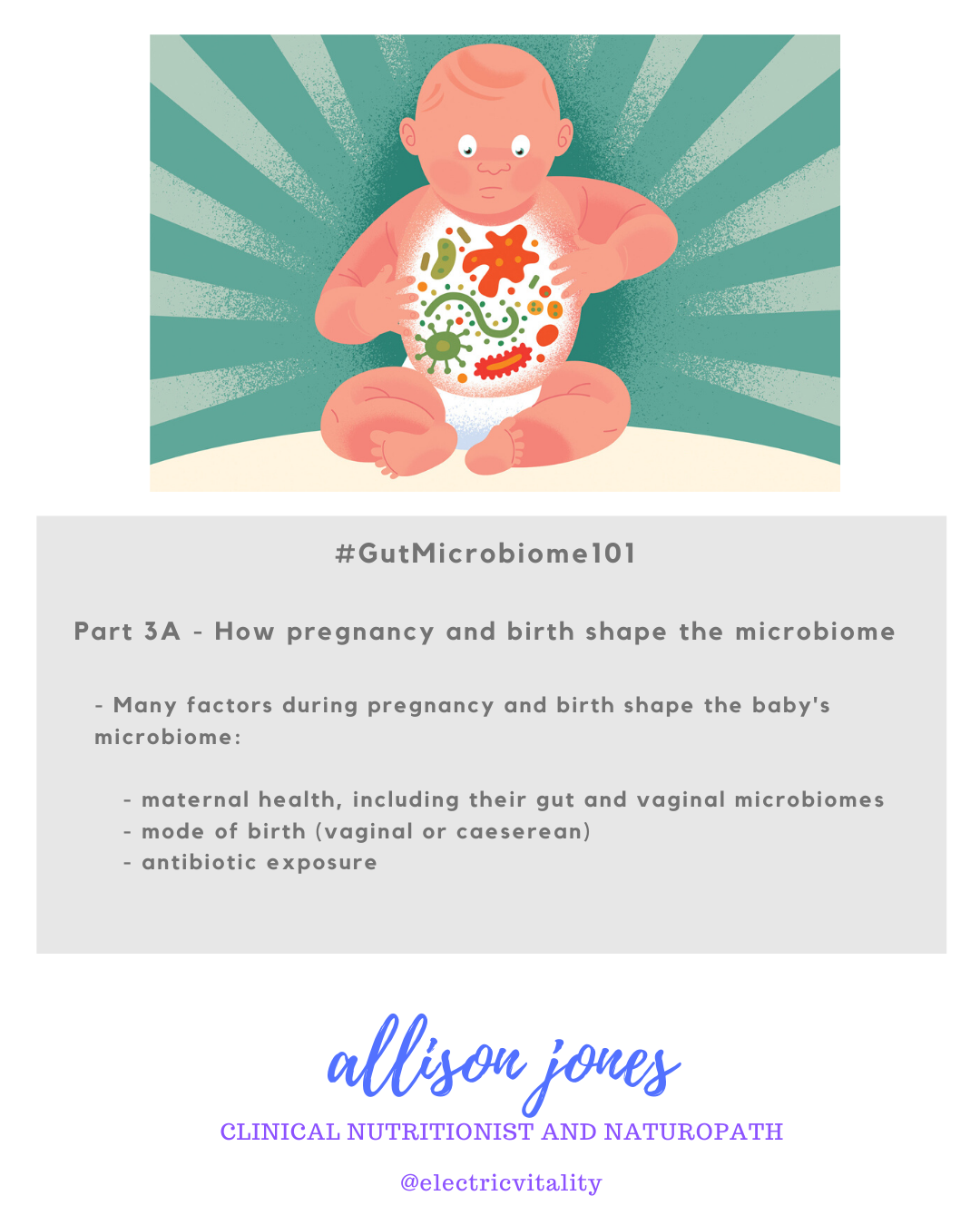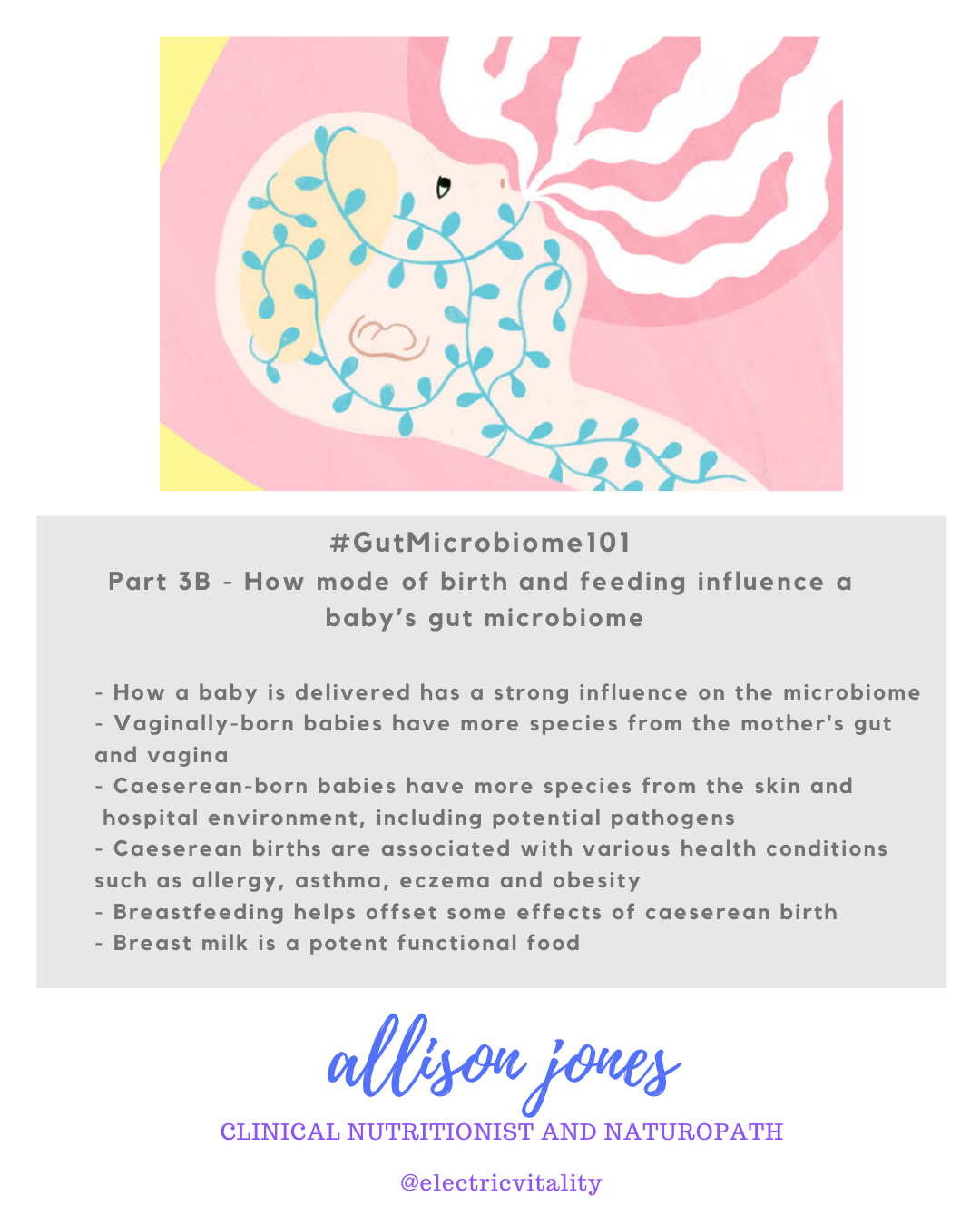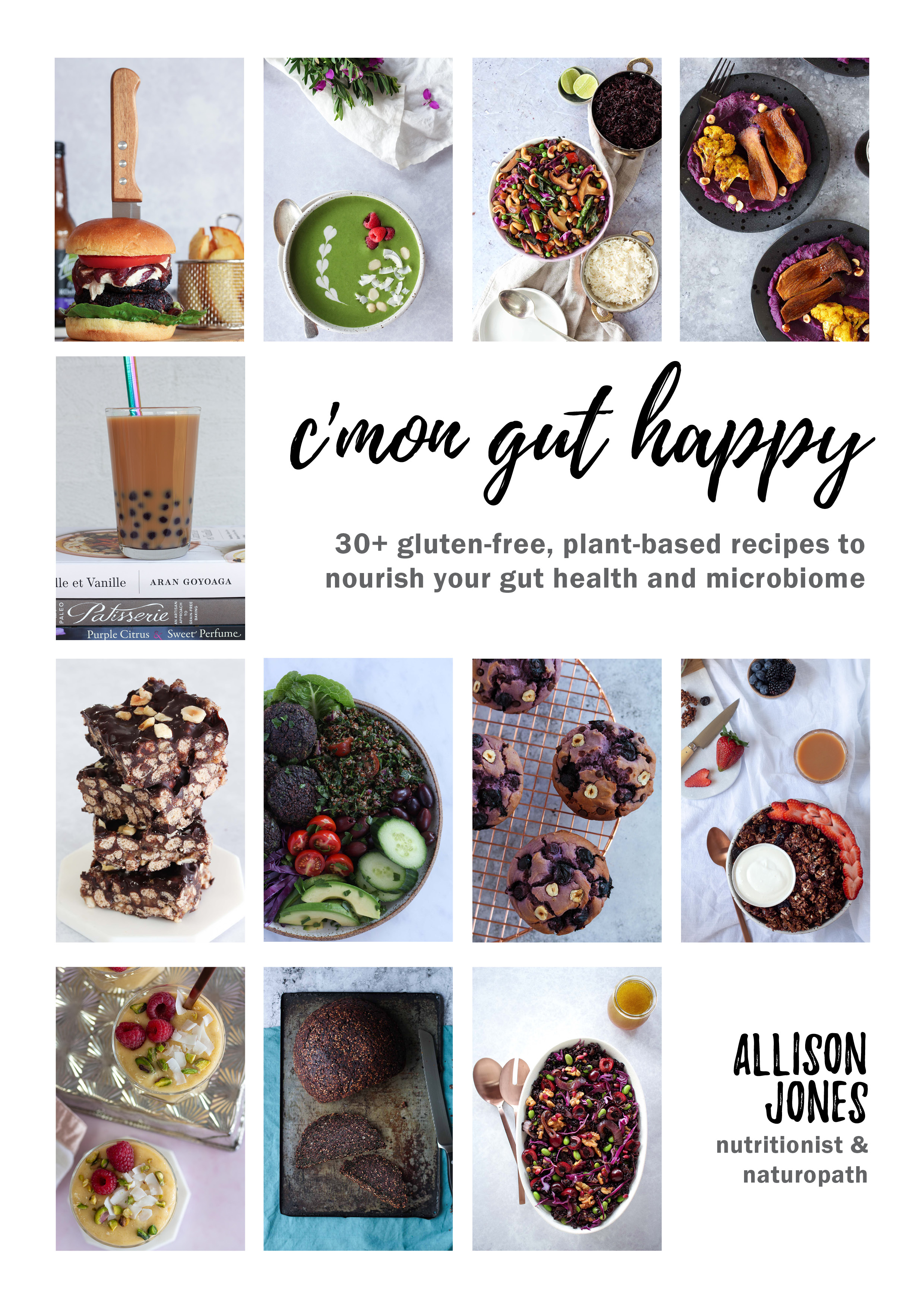In this, part 3 of the Gut Microbiome 101 series, we will look at how pregnancy, birth and infant feeding influence the infant gut microbiome.
In Part 2 of the Gut Microbiome 101 series, we covered the various ways the gut microbiome influences our health.
The gut microbiome undergoes many changes during an individual’s lifetime as there are so many factors influencing its composition – these were touched on in the previous post. As an organ that comprises living microbes, the microbiome does shift in different directions.
Environmental factors such as diet, medication use, stress, exercise patterns and social environment play a much larger role in the microbiome composition than an individual’s genetics or microbiome heritability from parents.
In this post, we will examine the development of the microbiome during early life – before birth, during birth, infancy and early childhood. The microbiome of the first years of life is believed to exert a strong influence over health not just in infancy and early childhood, but also potentially later in life. There is not a lot of research about the long term effects however, though an association between caesarean delivery and increased risk of obesity has been found.
How a baby is born (vaginal or caesarean), how it’s fed, exposure to antibiotics and the mother’s gut and vaginal microbiomes all greatly influence the composition of the microbiome which may have long lasting effects in to adulthood. A baby’s microbiome greatly influences the development of the immature immune system, so an imbalanced microbiome is associated with various immune-mediated conditions such as allergy and atopic conditions eg. eczema, asthma.
Caesarean birth and formula feeding have both been shown to alter the normal development of the baby’s gut microbiome. I’d like to acknowledge here that in many cases, the ability to have a natural birth and to breastfeed is simply not available.
Pregnancy and the microbiome
The assumption that the pre-birth intrauterine environment is sterile has been challenged because recent studies have reported the presence of commensal bacteria in the placenta, amniotic cavity, umbilical cord, and meconium. Research is ongoing, but it means that the development of the baby’s various microbiomes (oral, skin, gut etc) may actually start before birth via maternal-foetal microbiota exchange. It’s thought that microbes from the vagina may travel in to the intrauterine space. There is ongoing research to definitively answer this question.
During pregnancy, the mother’s microbiome may be quite dynamic – undergoing various changes during each trimester. In a small study, the microbiome of mothers with gestational diabetes has a different profile to that of other mothers – featuring a higher level of bacterial species associated with disease and inflammation.
Influence of mode of birth on the baby microbiome
Birth is considered a “seeding” process, involving transfer of microbiota from mother to baby. Vaginally born infants have a microbiota containing species derived from the vaginal, skin and gut microbiota of their mothers, including Lactobacillus and Prevotella species.
Conversely, in the case of caesarean-delivered babies, the microbiota is more like the skin and oral microbiota – for example, it features Staphylococcus, Corynebacterium and Propionibacterium. More concerningly, it also features opportunistic bacteria from the hospital environment which may be considered pathogenic. This can cause delayed immune system development and an inability to fully metabolise oligosaccharrides in breast milk.
A Danish study of two million children born between 1977 and 2012 found that those born by caesarean were much more likely than those born vaginally to develop various immune-mediated conditions such as asthma, juvenile arthritis, inflammatory bowel disease, immune deficiencies and leukaemia. In a Swedish study of over 1 million participants, C-section delivered children had a 21% higher risk of developing food allergies.
Data from prospective birth cohorts have shown that C-section delivery is associated with greater offspring weight gain over the first year of life, as well as greater risk of becoming overweight or obese in childhood and adulthood.
The good news is that for the most part, the microbiome of caesarean babies eventually looks more similar to the microbiome of babies born vaginally, although it’s typically still low in the major genus Bacteroides which is believed to control inflammation and plays a key role in the immune system.
How feeding influences the infant microbiome
Breast feeding is a very helpful way of offsetting some of the negative effects of caesarean delivery on the infant’s microbiome. Breast milk contains numerous bioactive substances:
- prebiotics (special fibre to feed beneficial bacteria)
- bacteria found in the mother’s vagina
- immunological components that help to control maturation of the infant’s intestine and the microbiome composition.
Breast-feeding infants are less likely than those consuming formula to develop respiratory and gastrointestinal infections and allergies as well as chronic diseases like diabetes, obesity and inflammatory bowel disease.
As the infant grows, solid foods are introduced, therefore the microbiota diversity increases, and the community evolves toward the adult-like state. During this period of early life, the microbiome is fairly unstable. It’s believed that a child’s microbiome isn’t stable until at least 5 years of age where it more closely resembles the adult microbiome.
In the next post, we will look at how the infant microbiome may influence the development of various conditions such as allergy, asthma, eczema and even obesity.
References
https://www.nature.com/articles/d41586-019-02807-x
https://www.ncbi.nlm.nih.gov/pmc/articles/PMC5648605/
https://www.ncbi.nlm.nih.gov/pmc/articles/PMC5648605/
https://www.ncbi.nlm.nih.gov/pubmed/31957590
The Importance of Infants’ Exposure to Micro-Organisms
Are you looking for recipes to support your gut microbiome health?
My second eBook, C'mon Gut Happy, is just what you need! Over 30 delicious plant based, gluten free recipes with evidence based ingredients to support your gut microbiome health!
Instant download here.





Leave a Reply